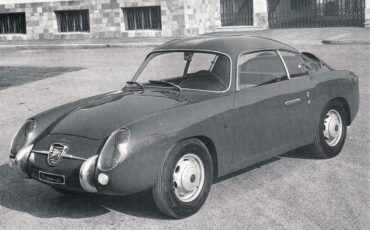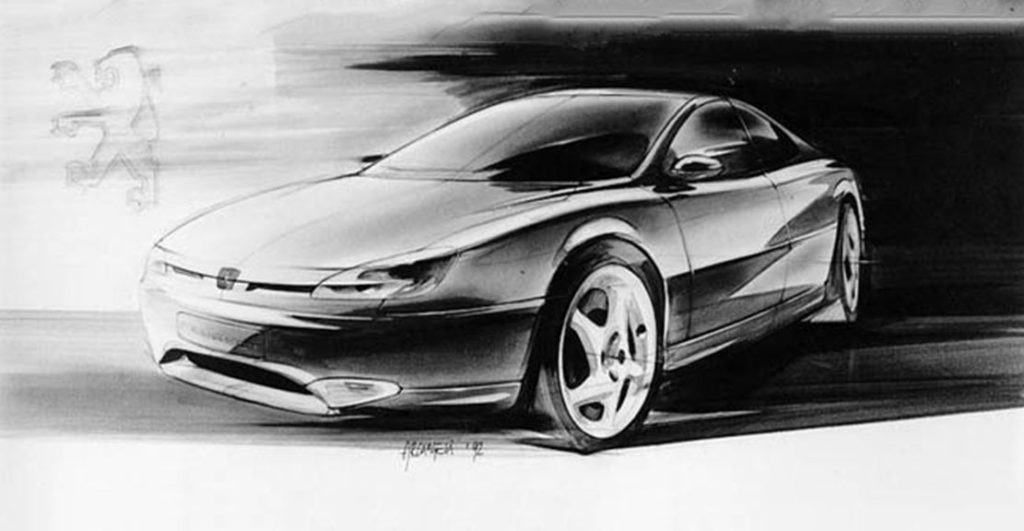
Peugeot and Pininfarina have been working together since 1951 when Peugeot decided to call in an independent design house to create its new 403 Saloon with the aim to create a distinctive lasting look.
It opted for Pininfarina, a design house with an established international reputation for a style that combined classicism, inventiveness and personality.
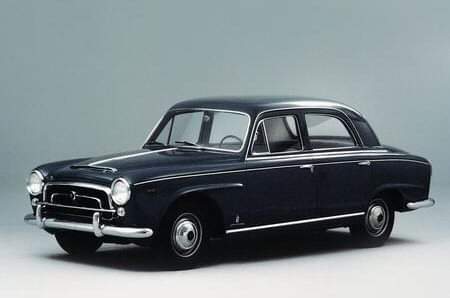
The new Peugeot saloon which came out in 1955 was a bigger success than the French firm had ever dreamed of, in the end over a milion units were produced, an unimaginable figure for the period. The collaboration wass desined to last in time and it is not confined to design; it was in the Sixties that the relationship was extended to manufacturing with the first complete cars production for the French company.
This partnership has acquired a new dimension with the 406 Coupé project . For the very first time Peugeot has entrusted Pininfarina with the responsability not only for the exterior and interior styling , but also for industrialisation and production in strict resect for the standards, particularly quality, that are a part of everyday life in Peugeot’s own manufacturing facilities.
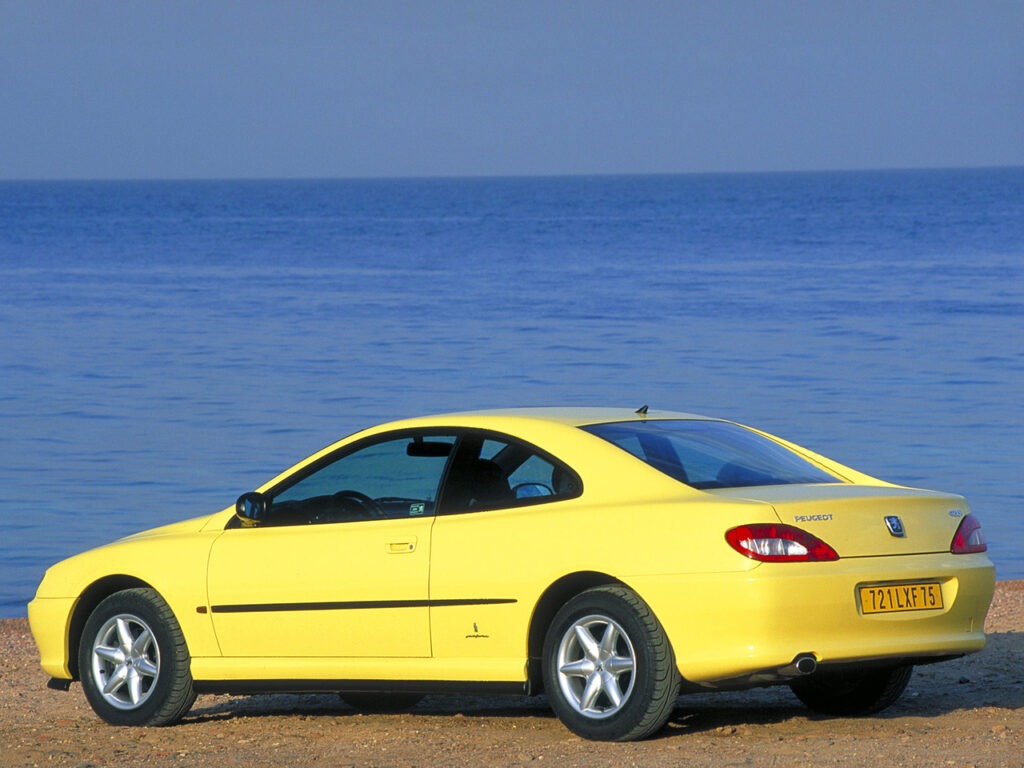
Pininfarina also realized numerous models and research prototypes on Peugeot mechanic base as the 504 Break Riviera (1971), the 104 Peugette (1974), the 205 Verve (1984), the Griffe 4 (1985), the 205 Cabriolet (1986), the 306 Cabriolet (1994), the 406 Coupè and the Nautilus (1997).
At the end of the Nineties the market requires reassuring volumes, that are serious and formal rather than ephemeral, of a very high quality and with a timeless beauty, that will not decay rapidly. The decision to maintain the same wheelbase as the other 406s (2.70m) has produced an elegant, dynamic, coupé, with a sporting image but a spaciousness comparable with that of the saloon.
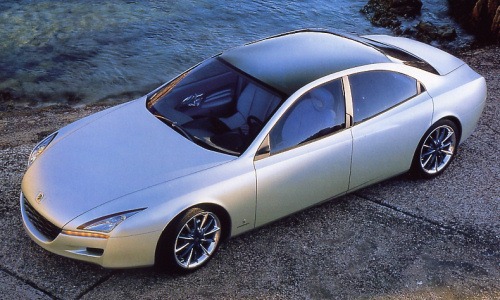
Pininfarina Studi e Ricerche started the styling phase in June 1992, with a number of renderings of cars that differed in their general set-up and the shape of their sides. The first two full sized models were produced very rapidly (September 1992) for an initial verification: one already hinted at the final result, the other proposed tauter lines.
Two painted, more envolved plastic models followed, and one of these was extremely close to the final result. It already gave a glimpse of what the sides, the volumes and the recessed rear window would look like.
There is a resemblance to the 504 Coupé, another coupé created by Pininfarina for Peugeot. It is evident in the side dihedron, in the line of the wings which repeat it, and the recessed, straight rear window with a laterally inclined upright, that emphasises the third bow of the car. These and other details are a visual impression that hark back to Peugeot coupés of the past, and foster a natural sense of brand identity.
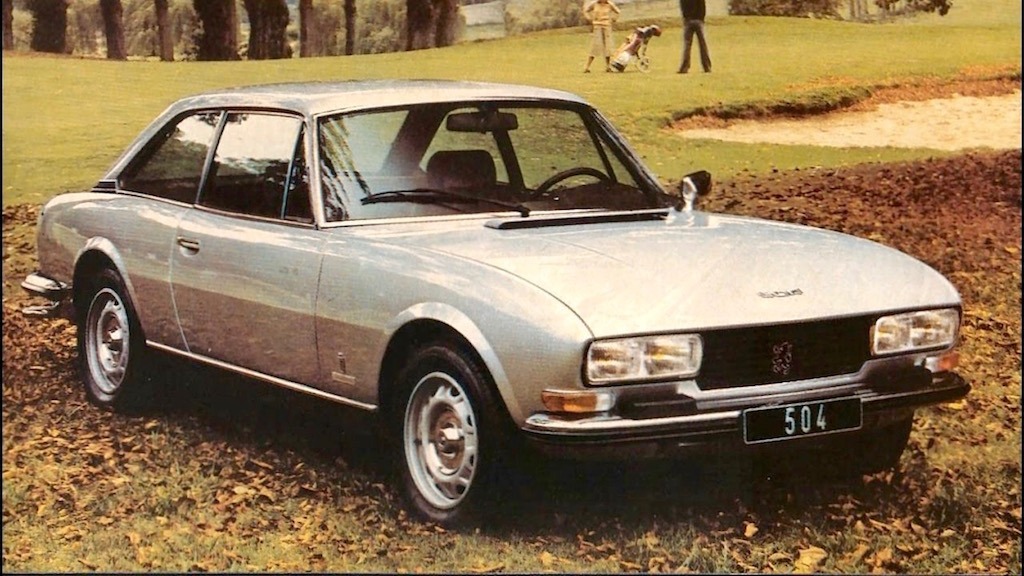
The importance that Peugeot attributes to its return to the coupé was underlined by the fact that this model, although originating from the 406 family, was conceived and designed as a completely new car.
Pininfarina’s global responsibility in the subsequent construction of the vehicle and the intrinsic difficulties of an extremely ambitious styling, technical and qualitative project, required an extra effort in the search for technical and manufacturing solutions to reflect the absolute priority of the quality. From 1993 the development phase of the Coupé brought Industrie Pininfarina and Peugeot into close, open cooperation and team spirit was high. During construction and testing of the prototypes and the industrialisation phase, numerous problems posed by the complex shape and content of the car, were tackled and solved, sometimes with results that exceeded objectives.
Starting May 2003 the 406 Coupé was available in a new version that, while still remaining true to its original proportions and balanced styling, introduces a number of new design features. Pininfarina has created a newly styled front-end to give it a pleasantly aggressive look, reinforced by the larger lower air intakes.
At either side of the air intakes, new, smaller, round, lenticular fog lights. Decorative features on the facia have a matt metallic finish, with the Pininfarina logo in bright black letters.
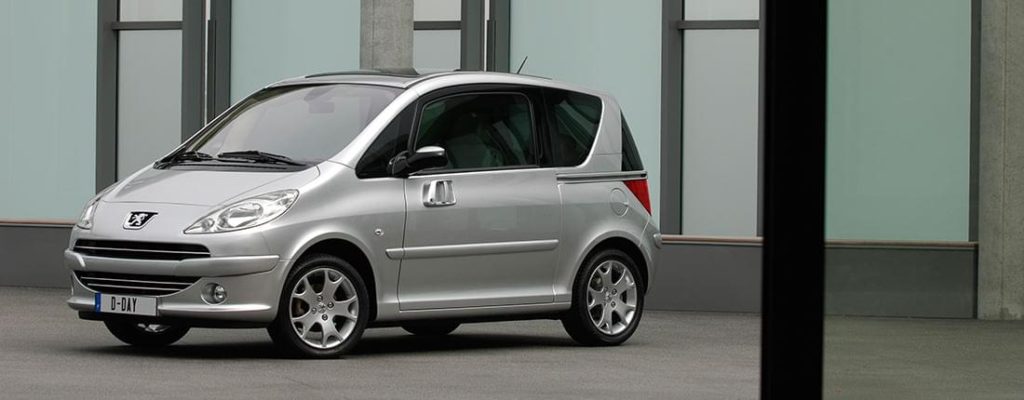
The instruments have this type of finish too, with a black border running around the instrument panel and air vents. Interior features were even more elegant, from the black central console to leather trim on the side panels of the seats. In June 2003 Pininfarina celebrated the 100 thousandth unit of the Peugeot 406 Coupé to come off the production line at its San Giorgio Canavese (Turin) plant. Peugeot 1007, world premiere at the Geneva Motor Show 2004, demonstrates the continuity of the collaboration between Peugeot and Pininfarina: starting from the original sliding side doors concept designed by the Department of Automobiles Peugeot, Pininfarina has designed this innovative MPV launched in 2005.


